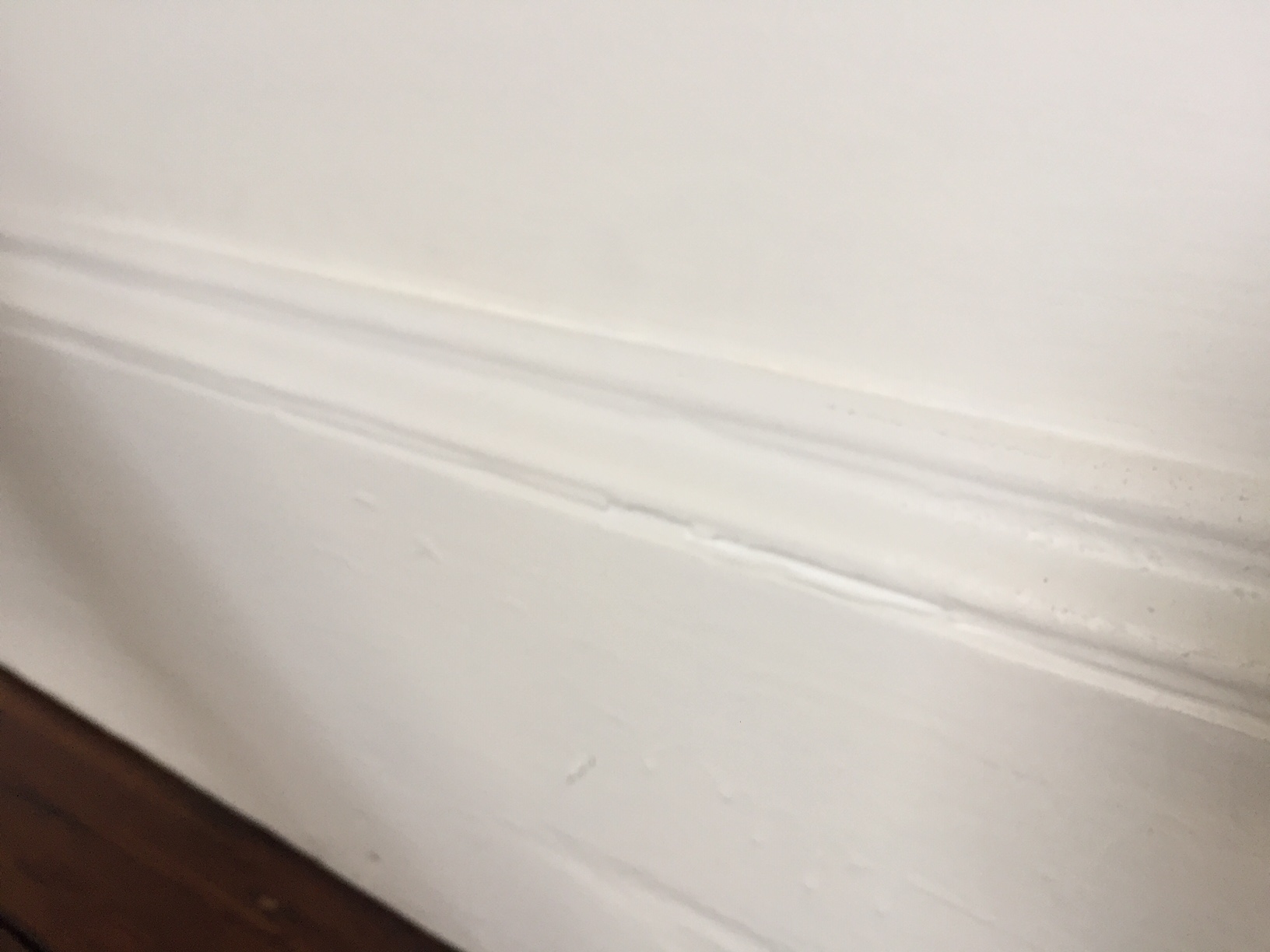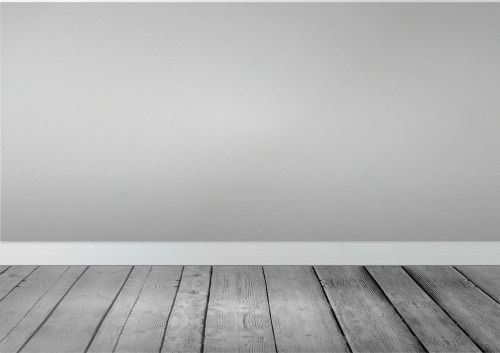Types of skirting board
Skirting boards, also known as baseboards, are boards that run around the lowest part of an interior wall. Typically, they cover the joint between the floor and the wall surface and provide protection from impact..
Many skirting boards are simple, rectangular timber boards fixed with nails, screws, glue, and so on, to the wall. However, there are some that can be used for more decorative purposes and can feature mouldings and intricate carpentry.
Common types include:
- Bullnose skirting boards have a top edge that is rounded and convex. Their design is extremely simple.
- Ovolo, with is similar to bullnose, but with a more gradual rounded curve that is set back slightly.
- Chamfered skirting boards have a top edge that is bevelled. They are slightly more stylish than bullnose boards but are still relatively simple.
- Ogee skirting boards have an ornate top edge with double curve.
- Torus skirting boards have a semi-circular, convex profile that is usually less ornate than ogee.
- Grooved skirting, which is rectangular, with one or more horizontal grooves below the top edge.
A great number of other variations are also available.

|
| Ogee profile skirting. |
There are three general types of installation:
- Applied skirting board is glued or nailed direct to the wall surface. This technique is quite common, since it is one of the easiest forms of installation.
- Flush skirting board is installed in a recess so it is flush with the wall. This permits furniture to be positioned directly against the wall. A shadow gap may be included between the skirting and wall.
- Reveal (or floating) skirting board is recessed in a manner that produces a negative space where the floor meets the wall.
For step by step installation instructions, see How to fit skirting boards.
It is possible to put skirting over skirting using skirting board covers. These can be placed directly over the original skirting boards without removing them. By avoiding the removal process, possible damage to the wall can be reduced. These covers are produced in a way that reproduces the look and feel of original skirting boards. However, they are designed specifically to be fitted over existing materials.
[edit] Related articles on Designing Buildings Wiki
Featured articles and news
The UK's Modern Industrial Strategy: A 10 year plan
Previous consultation criticism, current key elements and general support with some persisting reservations.
Building Safety Regulator reforms
New roles, new staff and a new fast track service pave the way for a single construction regulator.
Architectural Technologist CPDs and Communications
CIAT CPD… and how you can do it!
Cooling centres and cool spaces
Managing extreme heat in cities by directing the public to places for heat stress relief and water sources.
Winter gardens: A brief history and warm variations
Extending the season with glass in different forms and terms.
Restoring Great Yarmouth's Winter Gardens
Transforming one of the least sustainable constructions imaginable.
Construction Skills Mission Board launch sector drive
Newly formed government and industry collaboration set strategy for recruiting an additional 100,000 construction workers a year.
New Architects Code comes into effect in September 2025
ARB Architects Code of Conduct and Practice available with ongoing consultation regarding guidance.
Welsh Skills Body (Medr) launches ambitious plan
The new skills body brings together funding and regulation of tertiary education and research for the devolved nation.
Paul Gandy FCIOB announced as next CIOB President
Former Tilbury Douglas CEO takes helm.
UK Infrastructure: A 10 Year Strategy. In brief with reactions
With the National Infrastructure and Service Transformation Authority (NISTA).
Ebenezer Howard: inventor of the garden city. Book review.
The Grenfell Tower fire, eight years on
A time to pause and reflect as Dubai tower block fire reported just before anniversary.
Airtightness Topic Guide BSRIA TG 27/2025
Explaining the basics of airtightness, what it is, why it's important, when it's required and how it's carried out.
Construction contract awards hit lowest point of 2025
Plummeting for second consecutive month, intensifying concerns for housing and infrastructure goals.
Understanding Mental Health in the Built Environment 2025
Examining the state of mental health in construction, shedding light on levels of stress, anxiety and depression.






















